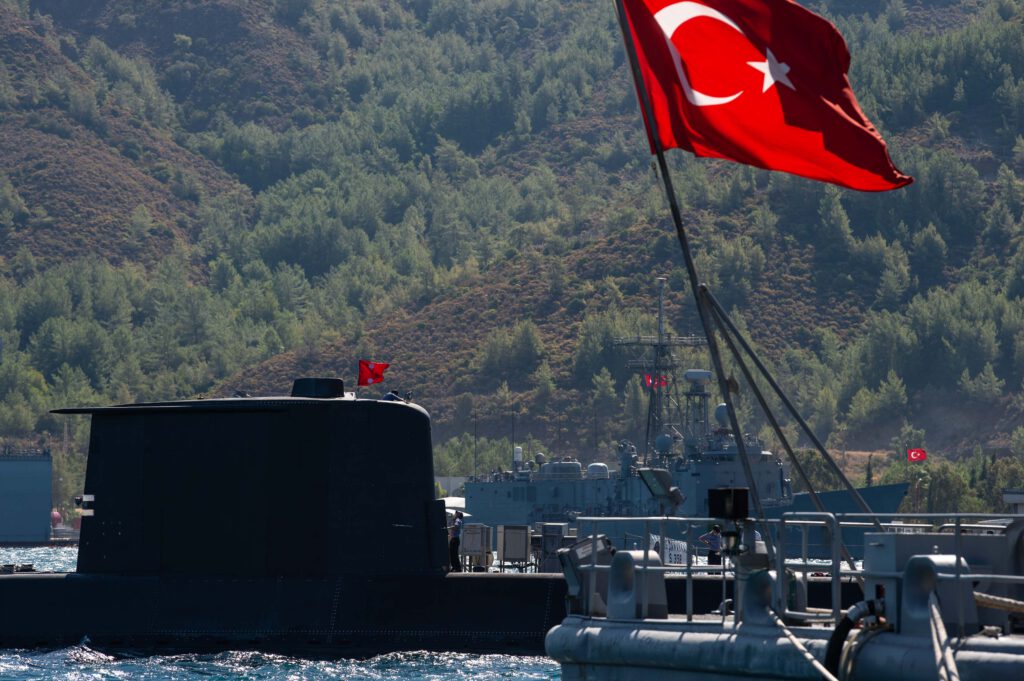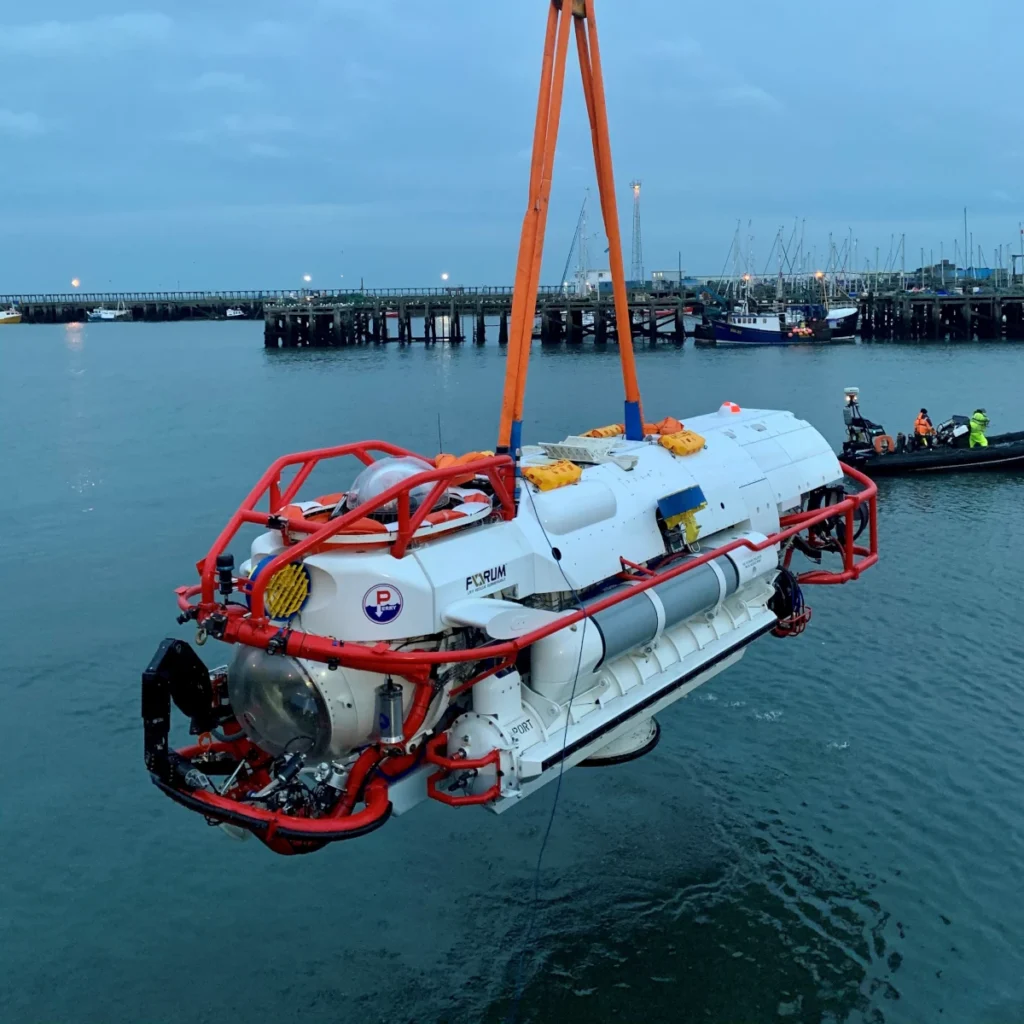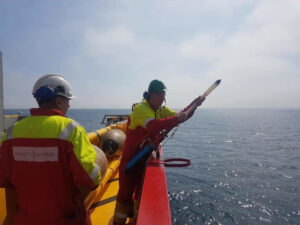Submarines have played a significant military and scientific role over the years. The structural configuration of the submarines includes two hulls, in steel or titanium. The pressure hull or inner hull function is to resist water pressure, while the outer hull keeps the water out. The spaces between the two hulls, or MBT (Main Ballast Tanks), located fore and aft are filled with air or water to control buoyancy.

In the event of a failure of the submarine’s electrical and propulsive power, the crew could manage the buoyancy through the MBTs and compensating tanks, to bring it to the surface. It can stay submerged for weeks or even months at a time. The submarines are powered by diesel-electrical engine and through nuclear reactors.
Possible causes of submarine accidents include collisions with the vessels or underwater obstacles and grounding that sometimes lead to flooding, through breaches in the outer hull. Damage to the nuclear power plant may cause radiation leaks, exposing crew to ionizing radiation energy and fires can spread rapidly and cause explosions. Other possible causes of submarine accidents are crew errors (lack of knowledge, distraction, lack of procedural adherence), dive or propulsion system failure, leaks in seawater systems. Other times the causes of the crash are unknown.
In the case of a DIStressed SUBmarine (DISSUB) fire event, the immediate concern for the crew is heat released by the fire source and the release of gases some of which may be toxic or harmful such as Carbon Monoxide, Hydrogen Cyanide, Ammonia, Chlorine, Hydrogen Chloride, Sulfur, Dioxide, Nitrogen Dioxide. These gases represent the Submarine Escape Action Limit (SEAL) or maximum concentration of a gas in a disabled submarine. In addition to smoke and toxic gas inhalation, the crew could suffer other injuries caused by factors that contributed to the submarine’s inability; these include blast, penetrating or blunt trauma, cold water immersion injuries, hypothermia, burns, etc.

Schéma du double coque du sousmarin : 1 coque à pression / coque intérieure 2 coque extérieure
Schema del doppio scafo di un sottomarino: 1 scafo a pressione / scafo interno 2 scafo esterno
Image by Matrek from Wikimedia Commons
To respond to major accidents NATO has established the ISMERLO (International Submarine Escape and Rescue Liaison Office), a military organization operating in an international environment, committed to the humanitarian aspect and the delivering lifesaving assistance at sea. It was established in 2004 by Supreme Allied Command for Operations has organizationally transitioned from Allied Submarine Command (ASC), Norfolk, VA (USA) to NATO Maritime Command (MARCOM), Northwood (UK) on 01 December 2012 and has been relocated in Northwood (UK) in late 2015.

The crew of a crashed submarine should wait for rescue from a SRV, if the situation allows. Rescue is considered the primary method of leaving a DISSUB, as numerous risks are associated with escape, including nitrogen narcosis, barotrauma, arterial gas embolism, decompression sickness, hypothermia and drowning. Because of the conditions in the DISSUB, the crew may decide to start the escape before the arrival of rescuers. Times play a key role in the escape method.
The SRV is a mini submarine that can dive to a depth of 2,000 feet, used for rescuing DISSUB sailors. These vehicles represent the cutting edge of technology in the rescue of crashed.
It is rapidly mobilized and transported by air or road transport. SRVs can be used for all crashed submarines equipped with a suitable mating surface around its hatches, allowing for crew transfer.
Paolo Mazzone
SubEng – HSE Adviser
Read more in the digital JP Mag – JPmag – October 2021
Images
Cover: composit by JPmag, NATO photos by Images
Cover: composit by JPmag, NATO photos by FRAN S.Dzioba
Article: DYNAMIC MONARCH/KURTARAN 2021 (DYMH/KU21) is the tenth in a series of NATO sponsored live Submarine Search, Escape and Rescue Exercises. NATO photos by FRAN S.Dzioba

